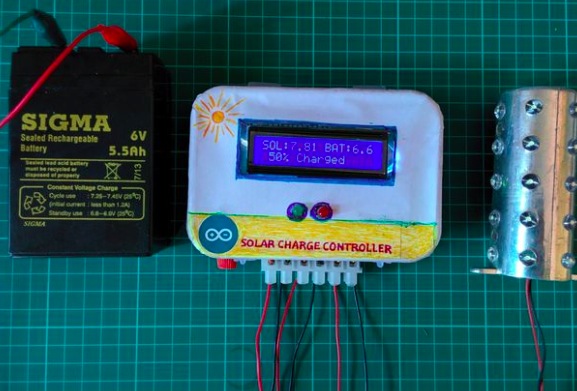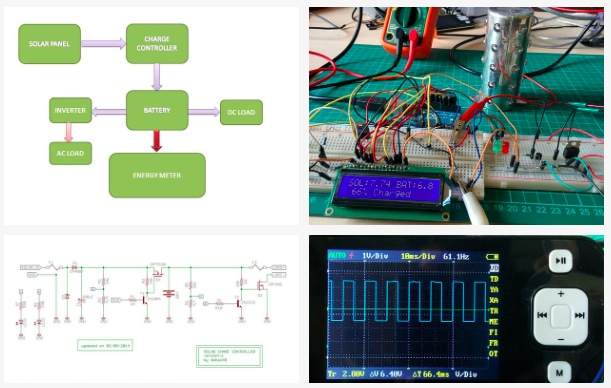

The
Sun Logger, a data logging device, combines several components we’ve used in previous Weekend Projects. You may recognize the light-sensitive photoresistor (
Optical Tremolo Box) and the Arduino Uno microcontroller (
Touchless 3D Tracking Interface). These parts, when combined with a 74AHC125 Level Shifter and SD card socket mounted on a homemade “shield,” will record the levels of light shining down on your project box. That data, recorded every 15 seconds to the SD card, can be exported later to any popular spreadsheet software and graphed, giving you a visual representation of light changes over time.

This data could aid in knowing where best to plant a garden, or simply to understand changes of light intensity throughout the seasons in your micro-climate.
And while this project is readymade for recording levels of sunlight, the Arduino has a total of six analog inputs (labeled A0 – A5) and could easily record other variables. For example temperature, motion, or barometric pressure. Makers looking for a mid-level Arduino build, or knowledgeable coders looking to solder together their first homemade shield, the Sun Logger is a great project to build!

Filed under:
Arduino,
MAKE Projects,
Weekend Projects 







 Doomsday preppers, hoarders, take note… Electrical power can go down at any time due to natural disasters, overwhelmed power stations and, of course, various apocalypses. Still, in those times, some of the more thrifty individuals turn to gas powered generators to keep their frozen burritos cool and their favorite shows […]
Doomsday preppers, hoarders, take note… Electrical power can go down at any time due to natural disasters, overwhelmed power stations and, of course, various apocalypses. Still, in those times, some of the more thrifty individuals turn to gas powered generators to keep their frozen burritos cool and their favorite shows […]








